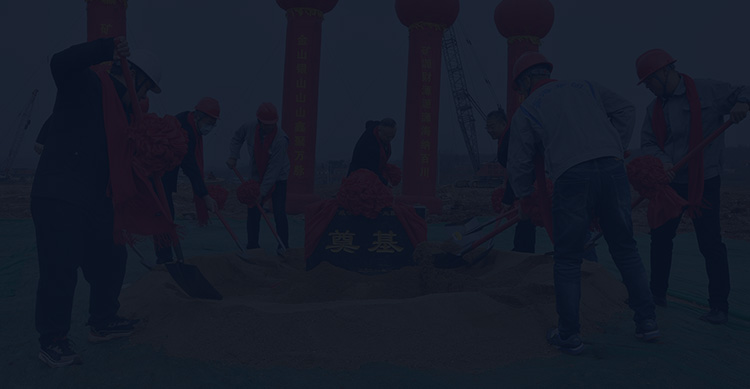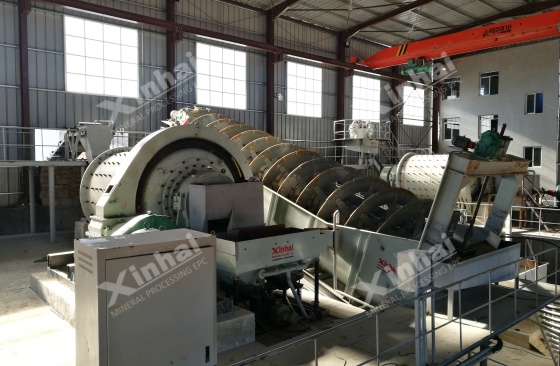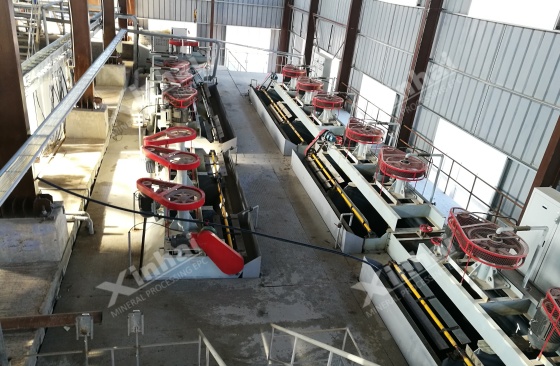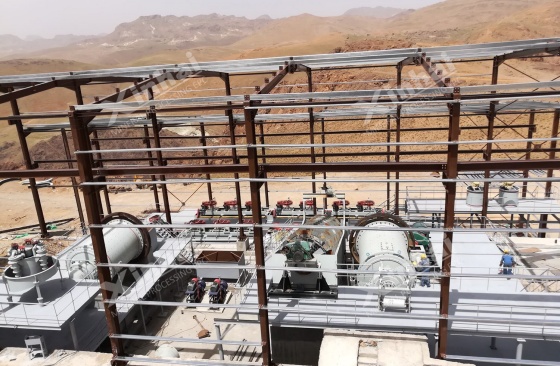
Silver is a common precious metal.The mining and processing of silver mines is a complex process. From ore to pure silver, it is necessary to go through the process of mining-ore dressing-smelting-refining. This article will systematically analyze the complete process of silver mining, and provide professional reference for friends who are concerned about silver mining and processing.
1. Exploration
In nature, silver often exists in the form of symbiosis with other metals, such as lead, zinc, copper, gold, etc. The exploration work must first conduct geological surveys, grasp the surface characteristics through satellite imaging technology, and then combine soil sampling and analysis to locate the location of the silver mine. Next, drilling and testing are completed to evaluate the content and quality of silver in the ore.

2. Mining
The choice of mining method depends on the occurrence parameters of the ore body: when the stripping ratio is
1. Pretreatment system
The raw ore is crushed through a three-stage closed-circuit process: jaw crusher (feeding particle size 1200mm→250mm)→cone crusher (discharging 50mm)→high-pressure roller mill (-10mm). The grinding adopts a semi-autogenous grinding + ball mill unit, equipped with a hydrocyclone classification to ensure that the grinding fineness reaches -200 mesh accounting for 75-80%.

2. Silver ore flotation
Flotation is one of the most widely used mineral processing methods. During the flotation process, the slurry is mixed with a series of chemical agents, including collectors and frothers. The collector can change the properties of the silver mineral surface, making it hydrophobic, so that it can attach to the bubbles and float to the surface of the slurry; while the frother is used to produce stable bubbles to help the silver mineral particles float and separate from the waste rock (gangue). After flotation, concentrates with high silver content can be collected, and their grade can usually reach 20% to 50%.
3. Silver ore gravity separation
For some ores containing coarse silver (embedded particle size> 50μm), gravity separation is an effective means of enrichment. Gravity separation uses the principle of centrifugal force to separate dense silver particles from low-density gangue minerals through equipment such as shaking tables and spiral chutes. In these devices, under the combined action of water flow and centrifugal force, the silver particles move along a specific path of the equipment due to their high density, and finally separate from the gangue.
Optimization of the mineral processing process is crucial to improving the recovery rate of silver and the quality of the concentrate. Mineral processing technicians need to accurately adjust the type and dosage of reagents and the operating parameters of the equipment according to the properties of the ore to ensure the best mineral processing effect. At the same time, with the continuous advancement of science and technology, new mineral processing technologies and equipment are constantly emerging, providing more options and possibilities for silver mineral processing.

1. Smelting
The silver concentrate obtained after beneficiation will then enter the smelting stage to remove impurities. In a high-temperature furnace (temperature can reach about 1200°C), the silver concentrate is melted together with flux such as quartz stone, limestone, etc. The role of the flux is to react chemically with impurities in the ore to form slag. These impurities, such as iron and sulfur, react with the flux at high temperature and float on the surface of the molten metal in the form of slag, thereby separating from precious metals such as silver. After this process, the remaining metal alloy is called "Dole alloy", which contains a variety of metals such as silver, gold, copper, and lead.
2. Refining
Electrolytic refining uses stainless steel cathode plates, electrolyte AgNO3 concentration of 80-120g/L, current density of 250-300A/m², and produces 4N grade silver ingots. Anode mud treatment introduces pressure leaching technology, and the comprehensive silver recovery rate reaches 99.2%.
The entire process of silver mining covers multiple complex links such as exploration, mining, crushing, beneficiation, smelting and refining. Each link requires the use of advanced technology and equipment, and requires strict quality control and environmental protection measures.

Xinhai Mining has focused on silver mine development for 30 years, providing a full-process solution from geological exploration to beneficiation plant construction. Xinhai has successfully implemented a number of large-scale silver mining projects in Morocco and other places, and the beneficiation recovery rate has increased by 8-15 percentage points compared with traditional processes. We always focus on the core business of mining and beneficiation, and promote the green development of precious metal resources with technological innovation.
To find out more about our products and solutions, please fill out the form below and one of our experts will get back to you shortly.